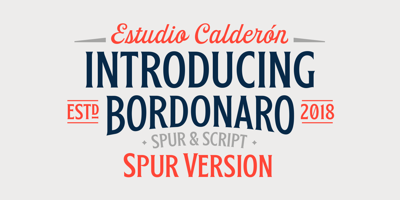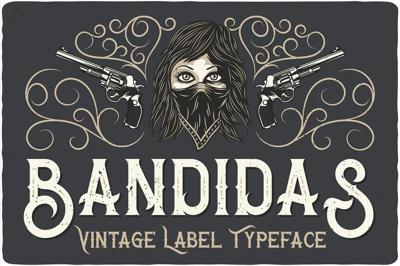License Terms of Free Fonts: What You Need to Know for Commercial Use
License Terms of Free Fonts: What You Need to Know for Commercial Use
Using free fonts can be a cost-effective solution for personal and commercial projects, but it’s essential to understand their licensing terms to avoid potential legal issues. Here’s a comprehensive guide on what you need to know about free font licenses for commercial use:
1. Types of Font Licenses
Free fonts often come with different types of licenses, which determine how they can be used:
- Personal Use Only: These fonts are free for non-commercial projects such as personal blogs or invitations.
- Commercial Use: Fonts labeled for commercial use can be used in business projects like logos, advertisements, and products.
- Open Source Licenses: Fonts with open-source licenses (e.g., SIL Open Font License) can be freely used, modified, and redistributed, often with minimal restrictions.
2. Key Licensing Terms to Look For
When downloading a free font, always check the following:
- Usage Restrictions: Verify whether the font is free for commercial purposes.
- Attribution Requirements: Some fonts require credit to the designer or creator.
- Modification Rights: Ensure you’re allowed to modify the font if necessary for your project.
- Embedding Permissions: Check if the font can be embedded in websites, apps, or PDFs.
3. Where to Find Free Fonts for Commercial Use
Here are some reputable sources for free fonts with clear licensing terms:
- Google Fonts: Offers a wide selection of open-source fonts suitable for commercial use.
- Font Squirrel: Curates fonts that are explicitly free for commercial projects.
- DaFont: Features a mix of fonts; always check individual licenses.
- Adobe Fonts: Includes fonts accessible through Creative Cloud subscriptions, many of which are licensed for commercial use.
4. Common Pitfalls to Avoid
- Assuming All Free Fonts Are Free for Commercial Use: Always read the license agreement before using a font.
- Failing to Keep Proof of License: Save a copy of the license or terms of use for future reference.
- Ignoring Attribution Requirements: If the license mandates credit, ensure it’s included in your project.
5. Alternatives to Free Fonts
If you can’t find a free font that meets your needs, consider:
- Paid Fonts: Many professional fonts come with comprehensive commercial licenses.
- Subscription Services: Platforms like Adobe Fonts or Monotype offer access to premium fonts with clear licensing terms.
- Custom Typography: Investing in a custom font ensures exclusivity and avoids licensing concerns.
6. Best Practices for Font Licensing
- Document Your Sources: Keep a record of where you downloaded the font and its licensing terms.
- Contact Designers: If licensing terms are unclear, reach out to the font creator for clarification.
- Regularly Review Licenses: Licensing terms may change over time, so stay updated on your font’s usage rights.
Conclusion
Understanding the licensing terms of free fonts is crucial for avoiding legal complications and ensuring your projects comply with copyright laws. By carefully selecting fonts and adhering to their terms, you can confidently use them in your commercial endeavors. Do you have a favorite source for free commercial-use fonts? Let us know in the comments below!


